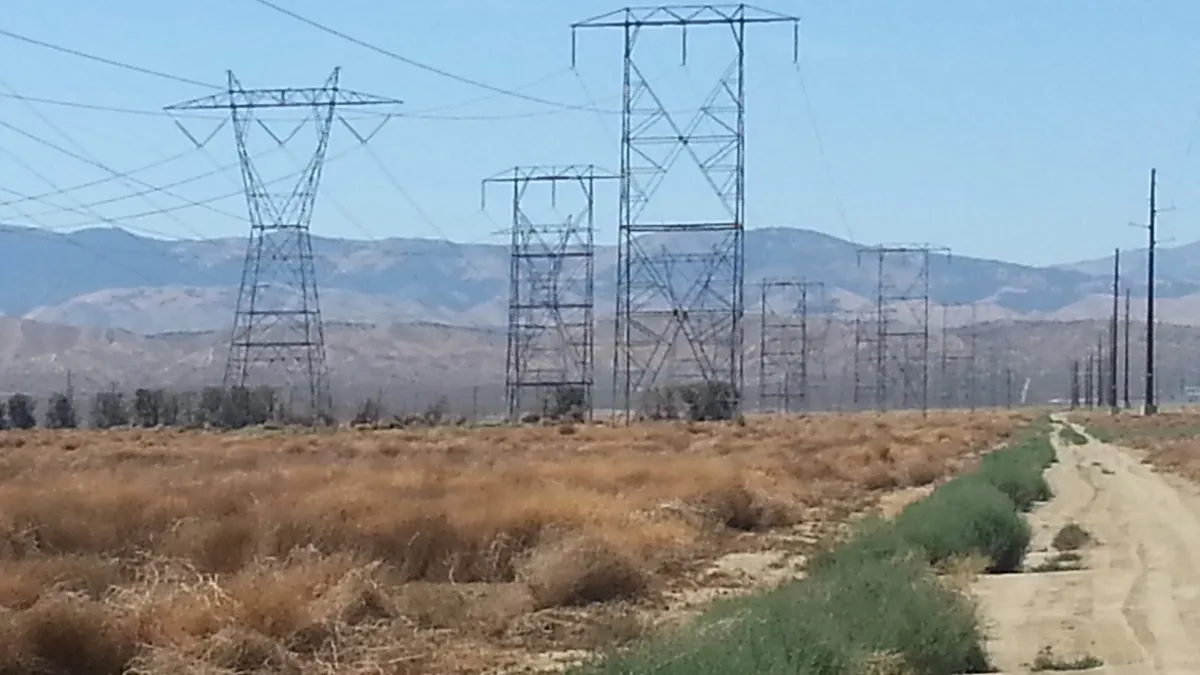The following is a contributed article by Colorado State Senator Chris Hansen, D, and Doug Howe, director at the Western Grid Group and a former commissioner with the New Mexico Public Regulation Commission.
The ‘wild west’ has long been a label for places in which disorderly behavior prevails, especially due to a lack of clear rules or inadequate governance structures. When it comes to our western electricity grid, we are definitely still in the wild west.
The recent opinion piece in Utility Dive by Tony Clark, Ray Gifford and Matt Larson ("It’s time for emergent markets to take center stage in non-RTO regions of the country", July 27, 2020) puts a light on this issue by noting the progress made in the past few years with the Energy Imbalance Market (EIM) and, its soon-to-be companion, EDAM — the Extended Day Ahead Market.
However, the piece misses the mark in its contrast of the western approach to the eastern RTOs, describing the RTO approach as some kind of autocratic, government overreach instead of evaluating the significant improvements offered by grid integration.
It is easy to characterize RTOs, especially PJM, as top heavy institutions in which members have little real say and true competition has become tortured by complicated rules, but the "Emergent" authors can’t have it both ways and ignore the significant downsides of the current grid. Purely competitive markets may seem like the ultimate "energy freedom", but when they collide with states-rights efforts to protect a state’s jobs and taxes, you get the tortured "competitive" economics that the "Emergent" authors disdain. States-specific policy efforts, though, are present in every part of the country, not just the East, and are not an inherent feature arising from the RTO construct, but rather a reality that electricity markets just have to deal with.
The central problem with the "Emergent" opinion piece, though, is that it argues that the EIM+EDAM is a logical ending point for western grid regionalization. We disagree. Energy markets like the EIM and EDAM deliver only a small fraction of the savings and efficiencies of a full RTO (estimated at more than $4 billion/year), are relatively low impact and do not provide an adequate mechanism for low cost resources to access the grid.
Of the eleven states that make up the western U.S., six have already established renewable portfolio standard or clean energy goals of greater than 50% — Colorado, Washington, California, Oregon, New Mexico and Nevada — and several of the others are likely to follow suit in the coming years. In today’s western grid, moving the energy needed to meet these requirements through an archipelago of 38 loosely connect electrical islands, each charging its own toll for entry and exit, each with higher than needed reserve margins and overbuilt systems, unnecessarily increases costs to consumers and slows economic development of the states.
Surely, this cannot be called "energy freedom".
It is a reasonable bet that whatever end-state the western regional grid looks like, it won’t look like one of the eastern RTOs. The requirements, the grid topology and the geopolitics of the west are simply different than in the East and will navigate the West toward a different solution. Like the EIM+EDAM, the West will continue to build its version of an RTO on an incremental "build it and they will come" paradigm, but the EIM+EDAM will not be the final chapter.
By working toward a western version of an RTO, we can secure low cost energy for utilities and ratepayers, spur billions in new infrastructure investments, create tens of thousands of new jobs, and provide a path of least resistance for western states, local governments and customers to reach their clean energy goals — and that is the kind of energy freedom that the ‘wild west’ wants.













